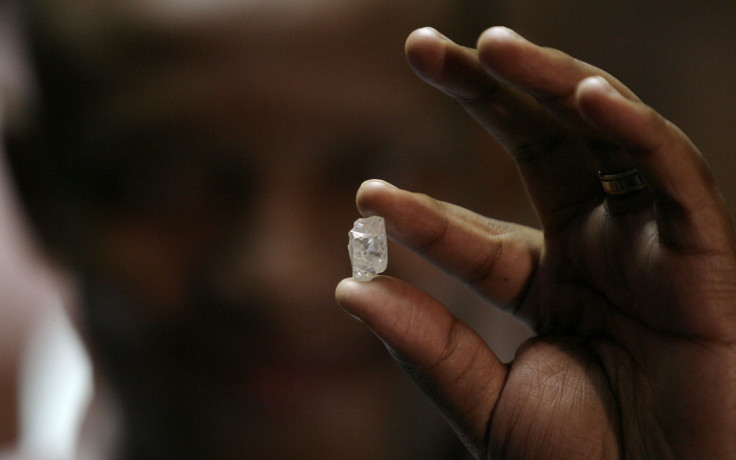Physicists closer to create ‘metallic hydrogen’ to develop ultra-fast computers, super rocket fuel

British physicists believe that they are now closer to creating a metallic form of hydrogen with the success of lab tests at developing a new state of hydrogen that behaves more like a metal. Creation of metallic hydrogen could potentially lead to the development of ultra-fast computers and super rocket fuel.
The existence of metallic hydrogen was first predicted in 1935. However, researchers failed to recreate the substance in the lab.
But the researchers of the current study claim that they have reached the state close to the metallic form of hydrogen, using pressures of over 3 million times that of Earth's atmosphere to the material. The results have been published in the journal Nature.
"We think we've reached a state of the material that is probably the precursor to metallic hydrogen," researcher Ross Howie, formerly at Edinburgh University and now based in China, told the BBC. "If you compare what we've observed experimentally with what's theoretically predicted for metallic hydrogen - they're very strong similarities between the two."
For the experiment, Howie and his team used diamond anvils, an apparatus with two gems placed in opposition to each other, in a room-temperature environment to compress its hydrogen molecules with a pressure of over 380 GigaPascals. One GigaPascal is nearly equivalent to the pressure from 10,000 Earth atmospheres.
The pressure caused the molecular hydrogen’s chemical bonds to enter a new solid phase called Phase V. The process led the molecules of hydrogen gas to turn first into a liquid and back to being solid, which led it to behave more like a metal rather than a gas.
Researchers said creating fully formed metallic hydrogen could significantly contribute to the development of a new kind of perfect conductor, a material that can improve the performance of next-generation computers.
"It's been predicted that metallic hydrogen could be a room-temperature superconductor, which is still yet to be achieved with any material," Howie said. "However, because we are playing with such small quantities, the practical applications at this stage are not clear."
Metallic hydrogen could also be used to produce a super fuel, which could provide more thrust than the super-chilled hydrogen currently being used in rockets, the BBC reported.
Some scientists believe that metallic hydrogen is present in internal compositions of planets like Jupiter. The planet is thought to have high pressures and temperatures several thousand kilometres below its cloud surface that could produce a fluid form of metallic hydrogen.






